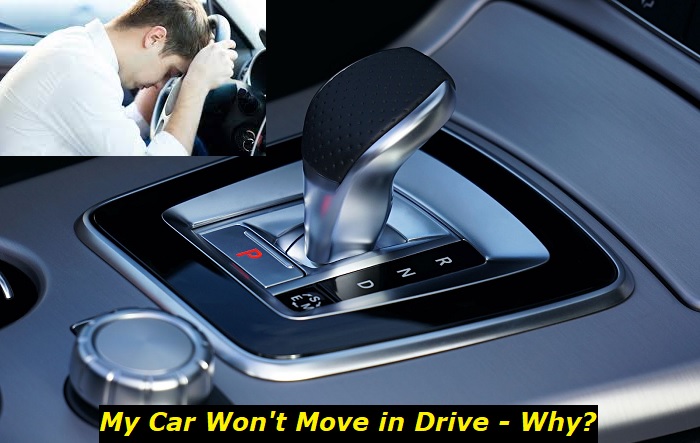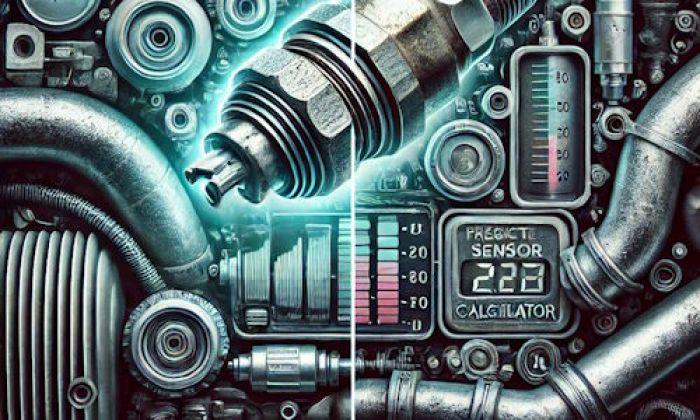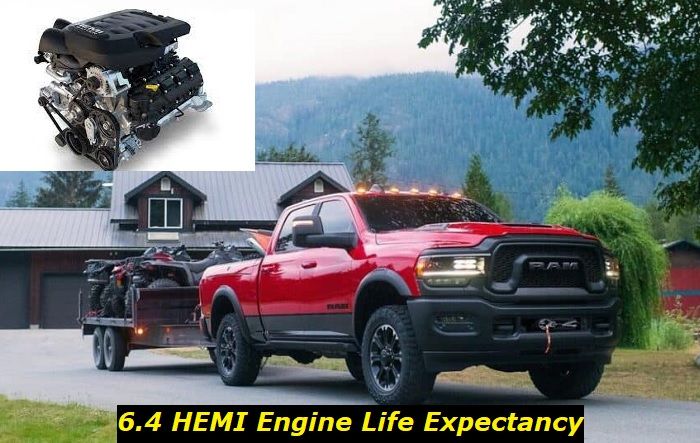Your car won't move in Drive but will move in second gear if the transmission fluid level is low or the fluid is contaminated, the shifter is faulty, or there is a problem with the transmission. Hardware and software problems are all possible. In most cases, you will have to take your car in for repairs to learn more about the possible problem.
Gear shifter problems highlights
- Level of importance:High
- Reasons:Shifter damage, wiring problems, software glitch
- Needed expertise:Medium
- Needed tools:Basic tools plus diagnostic tools
- Time taken:0.5-4 hours
- Can you drive? Yes, if it shifts
- Possible issues: No way to move your car, shifter is broken, need for tow truck.

What are the symptoms when the transmission doesn't move in D?
It's extremely important to register all the possible symptoms that your car shows when it doesn't want to move in D. This will help you locate the issue and maybe even solve it on your own if you have some experience in repairing cars.
Even if you are going to take the car in for inspection, understanding the symptoms will obviously help the mechanic find the problem faster and the inspection will cost you less money.
Here are the things you should notice:
- Does your car try to move when in D or the engine revs up and nothing happens?
- When you shift to R, does your car go reverse, or again keep revving and standing?
- When you shift to any other mode like L or 2, 3, etc., does your car drive as it should?
- If you turn off the engine, then turn it on again, does the problem persist?
- Do you hear any strange noises, error messages, warning lights, etc.?
- Have you noticed some strange behavior of your vehicle lately?
- If you drive on L and then turn to D when the car is on the go, does it keep driving or stops?
Once you answer all these questions, you will have enough information to understand what's happening with your vehicle. Also, you will be able to save some money on inspections because, with this detailed info, your mechanic can easily predict what's wrong and repair the car much faster.
Now, I will list several of the most common problems that can cause your car to not move in D and move in other modes of transmission.
What are the reasons for this problem?
The most obvious reasons for the car not moving in Drive are problems with the transmission fluid or the transmission itself, but you shouldn't forget about the shifter, control units, and some other parts that can cause this problem.
Let's see what can happen and how you can deal with this:
1. Transmission fluid is low or contaminated
Traditional automatic transmissions work thanks to the pressure that the pump creates using the transmission fluid. If the fluid level is low, there is no pressure created, and hence the transmission can't shift. Also, when the fuel level is low, the transmission will not be lubricated and cooled properly, so it may overheat and eventually fail.
Also, the fluid can just be old, contaminated, and it can lose its properties completely. It means that the pump will work at the edge of its possibilities and will still not create the conditions for proper shifting.
The situation when you can't drive with D but can drive in manual mode or with L mode is openly hinting that the problem is with the fluid. And this is the first thing I would check if I had this problem with my transmission.
If your transmission doesn't have a dipstick, you may go to any repair shop and their mechanics will check the level and also the quality of transmission fluid.
2. Transmission parts failing
If the fluid is OK, the second possible reason is the problem with the transmission itself. For example, one of the solenoids may be stuck or the solenoid block is clogged and the fluid can't go to the needed passage to turn on the needed function. Also, the torque converter may be faulty or broken.
In DCT or CVT transmissions, the culprits will be different. DCT transmissions will most likely have a broken clutch while CVTs may be fatally worn out and require replacement when they have these issues.
Diagnosing a transmission without taking it apart is impossible. But before you do this, make sure it's not just overheating. If your transmission overheats, it may have problems with driving in D. For this, let the transmission cool down for 1-2 hours, and then try driving again. Maybe, you need to deal with the cooling system of the transmission.
3. Software and control units
If the fluid and the transmission itself are completely OK, one more possible issue is the control unit. Every modern transmission has the TCM module or the unit with some other name that electronically controls the work of the transmission. TCM failure is most common for dual-clutch transmissions but it can happen in all other kinds of automatic transmissions, too.
When your TCM fails, it may require reprogramming or replacement. There is nothing you can do on your own unless you are a good car mechanic. Just go to the trusted repair shop or to the dealership and have the transmission inspected and repaired. Unfortunately, this kind of repair will cost you quite a lot.
4. Shifter problems
One last thing that can cause this problem is the shifter. Your shifter is not just a mechanical lever that shifts the modes of your transmission. This is the electronic module that sends signals to the TCM or another electronic block that controls the transmission. Only if this signal goes through properly, the transmission will shift and do what you want it to do.
Otherwise, the vehicle will not move just because the TCM will not know what mode the shifter is now in. You may move it to D but the transmission will still think it's in P, so it will act as if your shifter is in Park.
Identifying these problems and solving them is not that easy. Only after you've checked everything else, you may find out that the actual problem was in the shifter. Also, repairing the shifter after serious failures is pretty hard and expensive. In most cases, repair shops will offer you a replacement.
Can you still drive if the car doesn't move in Drive?
Many car owners are interested if this is a clear sign that the transmission is in danger and they should stop and turn off the engine. Well, it's not that easy to answer this question. If the transmission has a low fluid level, then you shouldn't drive the vehicle. This may lead to bad consequences.
But if the transmission drives normally in manual mode or when you shift with the paddle shifters, you may drive further without calling the tow truck. This will save you some money and will help you get to the trusted repair shop on your own.
If your car moves slowly in L or 2, you shouldn't drive. This clearly means that the transmission is slipping and this may be because of a lot of reasons, none of which is going to make you happy. If you keep driving, the transmission may be absolutely broken and require replacement.
Can you prevent such transmission failure?
Every transmission will fail sooner or later, so no, you can't prevent it from happening at all, and be sure that it won't bother you ever. Automatic transmissions fail way more often than manual ones but they give you the needed comfort and confidence while you drive.
But there are still some things you can do to lower the risk of transmission failure:
- change transmission fluid and filter at least once every 60,000 miles;
- react on any error message or warning light that may be connected with the transmission;
- have the transmission inspected at least once every 30,000 miles when your car is on regular maintenance;
- drive carefully and don't overload the vehicle, don't tow anything heavier than the towing capacity says you can tow.
Also, don't ignore potential problems. If your transmission is punching when shifting, making some unusual noises, or acting weirdly, just bring the vehicle in and have the transmission inspected. At least, don't drive further just trying to ignore the problem. It will unpack eventually and the expenses may be much higher than you expect.
So, take care of your transmission. And if something still happened with it, arrange your visit to a good repair shop and solve the problem as soon as possible.
About the authors
The CarAraC research team is composed of seasoned auto mechanics and automotive industry professionals, including individuals with advanced degrees and certifications in their field. Our team members boast prestigious credentials, reflecting their extensive knowledge and skills. These qualifications include: IMI: Institute of the Motor Industry, ASE-Certified Master Automobile Technicians; Coventry University, Graduate of MA in Automotive Journalism; Politecnico di Torino, Italy, MS Automotive Engineering; Ss. Cyril and Methodius University in Skopje, Mechanical University in Skopje; TOC Automotive College; DHA Suffa University, Department of Mechanical Engineering






Add comment